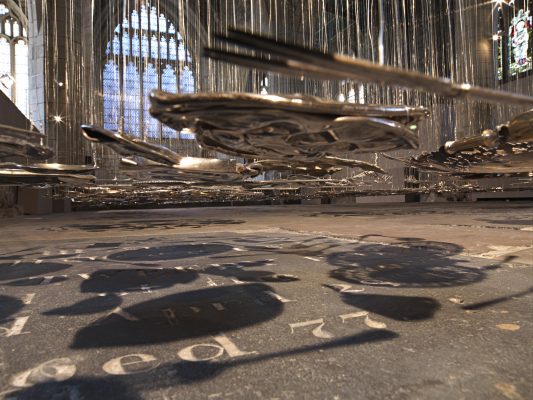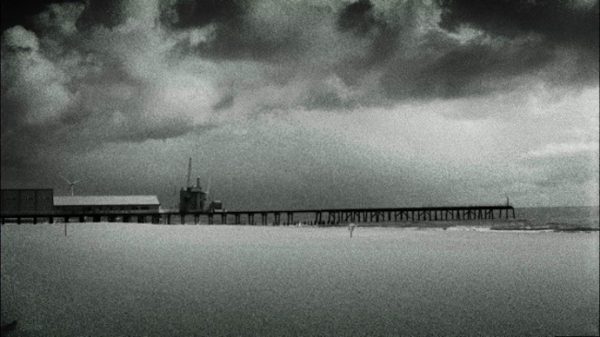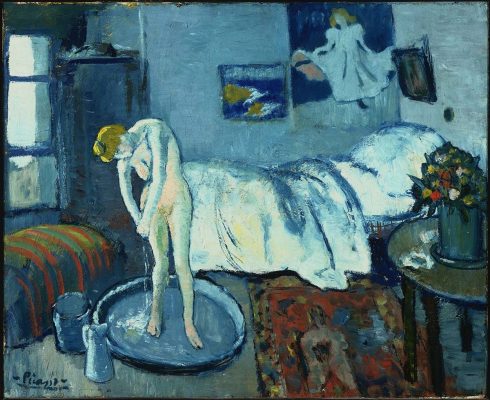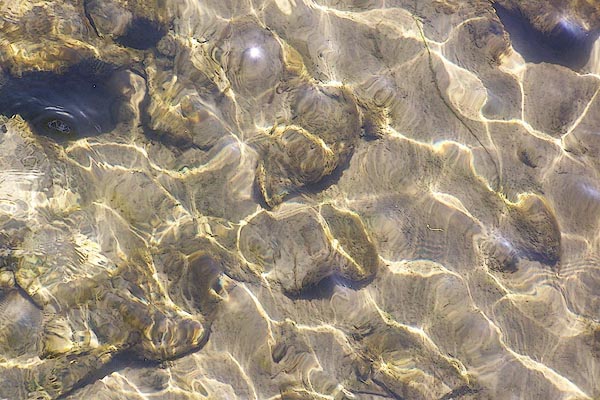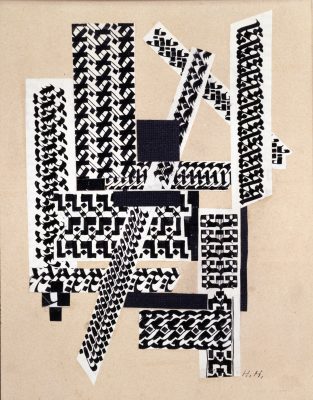Cornelia Parker has over the past twenty years carved out a reputation as one of Britain’s most respected sculptors and installation artists.
Her work deals with themes of destruction, metamorphosis and the space between objects in the world. Thirty Pieces of Silver, currently showing at York St Mary’s Church, consists of trophies, teapots, candlesticks, cigarette cases, musical instruments, spoons and forks steamrollered flat and suspended, as if from a plumb line, centimetres above the floor. Parker releases the potential contained within objects by subjecting them to a destructive process, thereby questioning our relationship to the materiality of the culture in which we are embedded. Her previous work includes the installation Cold Dark Matter: An Exploded View (1991), in which a garden shed is captured in the moment of its explosion, and the instance in which she wrapped Rodin’s The Kiss in a mile of string. In 2008 she exhibited Chomskian Abstract, 2007, a film of her interview with the theorist Noam Chomsky.
